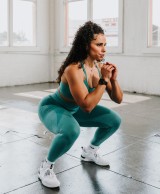Why do hamstrings hurt when cycling and how to fix it?
The hamstrings play an essential role while cycling. That is why it is common to feel discomfort in this area of the body. And that is why it is very important to know why it happens and what we can do to minimize risks.
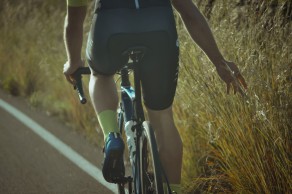
Hamstrings: workers in the shadow
Several muscles take on the role of protagonists when we move around on a bike. A task led by the quadriceps, although we must not forget other key players, such as the hamstrings. Poorly worked hamstrings can be a source of problems and pain.
Strong hamstrings provide the cyclist with an efficient pedal stroke while reducing the risk of injury. These muscles are sometimes behind the common back problems that affect cyclists.
RECOMENDADO

Black Friday 2025 cycling bargains: save on Garmin, POC, Maxxis and more

Black Friday Garmin 2025: the ultimate guide to choosing your GPS at the best price

Which profile wheels to choose according to the area where you live: mountain, flat or coast

How to wash your cycling clothes? 10 keys to make them always look new

Cycling can help you fight the effects of the time switch
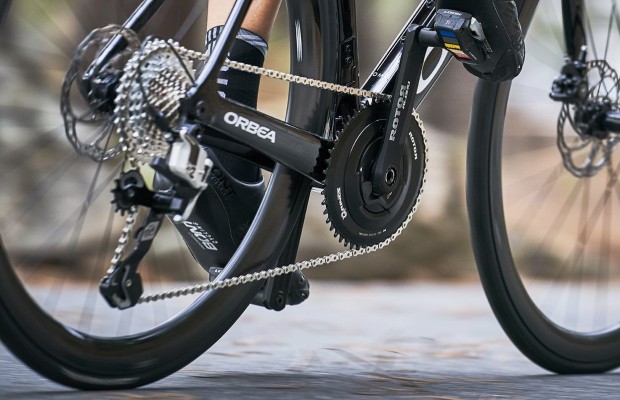
Important keys to make your training work
However, the key is to find the right balance between all the muscles that work when we are on the bike. Since we can't hold the hamstrings responsible for all our back pain, it will be very useful to strengthen the core as well.
Underdeveloped hamstrings can cause knee pain, while a saddle that is too high can overload them.
Hamstrings, as necessary as it is important to take care of them
Undoubtedly, they play a very important role in pedaling, since they do most of the work in the movement we make when we raise the pedal.
In addition to the above, fatigued hamstrings are a breeding ground for injuries: prolonged cycling increases the risk of strain, while it should be noted that these muscles are also fatigued when pedaling at low gears.
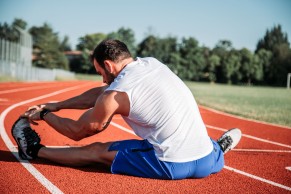
Stretching and exercises to prevent hamstring pain
The mission of keeping the hamstrings in good shape can be achieved in two ways. On the one hand, with exercises to strengthen them that can be performed two to three times a week; on the other hand, with stretching after cycling. Let's take it one at a time.
Stretching for hamstrings
Stretching the hip with a support
First of all, we must have a support (box, stool ...) of about 35 cm in height. We will lie on our back, raise our legs to 45 degrees and put the heel on the support.
Next, it will be necessary to lift the hip until a straight line is formed between the knee, hip and shoulder. Hold for a couple of seconds, repeat about 10 times and change legs.
Downward facing dog position
This stretch is a regular in many yoga sessions. To perform it you have to get on all fours, with your hands at shoulder level. The toes should face forward.
Then you should pull them inward, lift your knees, straighten your legs and lift your buttocks. At the same time, move on the soles of your feet and try to dig your heels into the floor.
Finally, press with the shoulders to move the buttocks backwards, which will stretch the back and hamstrings.
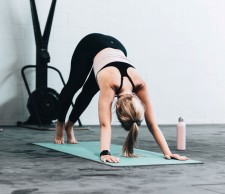
Other stretches to relieve the hamstrings
With one knee on the floor, stretch the other leg while gradually supporting the heel.
To perform another stretch, lie on your back. It will be time to keep one leg straight on the floor, take the other leg behind the thigh and, keeping it as straight as possible, push the knee towards the head.
Finally, we can sit with our legs straight and back straight and lean forward from the hips. The idea is to reach with our hands to where we can, either the tips of our toes or the soles of our feet, and keep our chest upright.
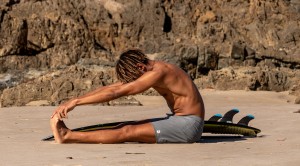
Exercises for strengthening the hamstrings
As we have already mentioned, in addition to stretching, it is also possible to dedicate part of our training to the hamstrings.
Hamstring push-ups
For this we will need elastic bands or leg weights. We will have to lie on our stomach and bring our feet to the lower back, holding them briefly and directing them back to the floor.
In case you use an elastic band and do not feel resistance, you can add weight. It is possible to do the exercise with both legs at the same time.
Bridge with a ball
Lying on your back with your feet balanced on the ball and your legs stretched out, lift your hips and bring one of your feet towards you. Hold the position for a few seconds and stretch your legs again when both feet are back on the ball.
Squats
A classic in many workouts. There are many types, although the simplest consists of placing your feet shoulder-width apart (or a little further apart) and bending your knees to lower down while keeping them in line with your feet.
The back must remain straight and the heels must not leave the ground.
